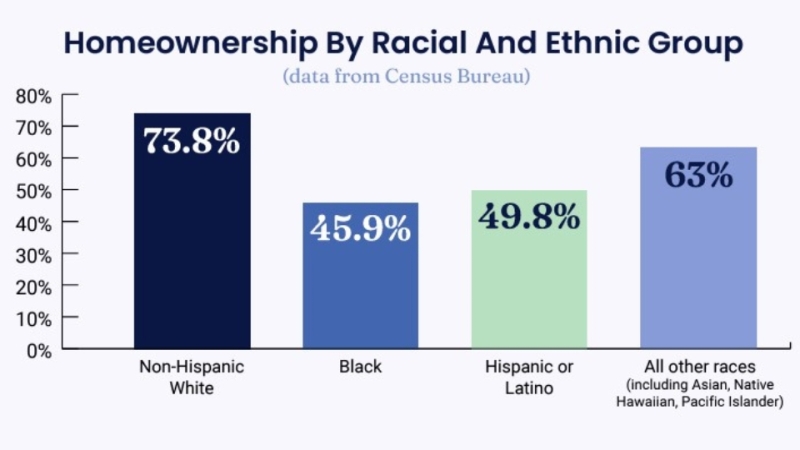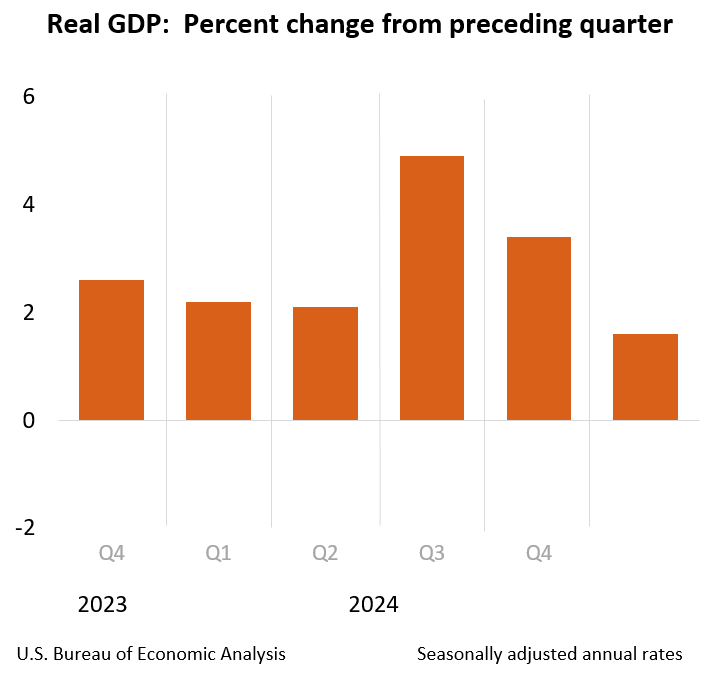Advertisement
U.S. Home Prices See 1.9 Percent Quarterly Rise

Upward momentum in U.S. house prices remained strong in the first quarter of this year, rising 1.9 percent from the previous quarter, according to the Federal Housing Finance Agency (FHFA) House Price Index (HPI). This is the seventh consecutive quarterly price rise in the purchase-only, seasonally adjusted index. “The housing market has stabilized in many areas and homebuilding activity has strengthened in recent quarters,” said FHFA Principal Economist Andrew Leventis. "That said, labor market weakness and still - elevated foreclosure pipelines remain hindrances to a more robust recovery.”
The HPI is calculated using home sales price information from mortgages sold to or guaranteed by Fannie Mae and Freddie Mac. Compared to last year, house prices rose 6.7 percent from the first quarter of 2012 to the first quarter of 2013. FHFA’s seasonally adjusted monthly index for March was up 1.3 percent from February. FHFA’s expanded - data house price index, a metric introduced in August 2011 that adds transaction information from county recorder offices and the Federal Housing Administration to the HPI data sample, rose 1.9 percent over the latest quarter. Over the last four quarters, that index is up 6.4 percent.
While the seasonally adjusted, purchase - only HPI rose 6. 7 percent from the first quarter of 2012 to the first quarter of 2013, prices of other goods and services rose only 1.4 percent over the same period. Accordingly, the inflation - adjusted price of homes rose approximately 5.2 percent over the latest year.
Significant Findings:
►The seasonally adjusted purchase - only HPI rose in 41 states and the District of Columbia during the first quarter.
►Of the nine census divisions, the Pacific division experienced the strongest increase in the latest quarter, posting a 4.4 percent price increase.
►House prices were weakest in the Middle Atlantic division, where prices increased 0.3 percent from the prior quarter.
►As measured with purchase - only indexes for the 75 most populated metropolitan areas in the U.S., first quarter price increases were greatest in the Jacksonville, FL Metropolitan Statistical Area (MSA). That area saw prices increase by 9.3 percent between the fourth quarter of 2012 and first quarter of 2013.
►Prices were weakest in the Bridgeport, Stamford, Norwalk, CT MSA, where prices fell 3.5 percent over that period.
The monthly seasonally adjusted purchase - only index for the U. S. has increased for 14 consecutive months. FHFA’s “distress - free” house price indexes, which were recently released for 12 large metropolitan areas, generally report lower quarterly appreciation than FHFA’s traditional purchase - only indexes. In 11 of the 12 areas covered, the new series — which removes the direct effect of short sales and sales of bank - owned properties — shows lower appreciation in the latest quarter than the purchase - only series.
About the author





